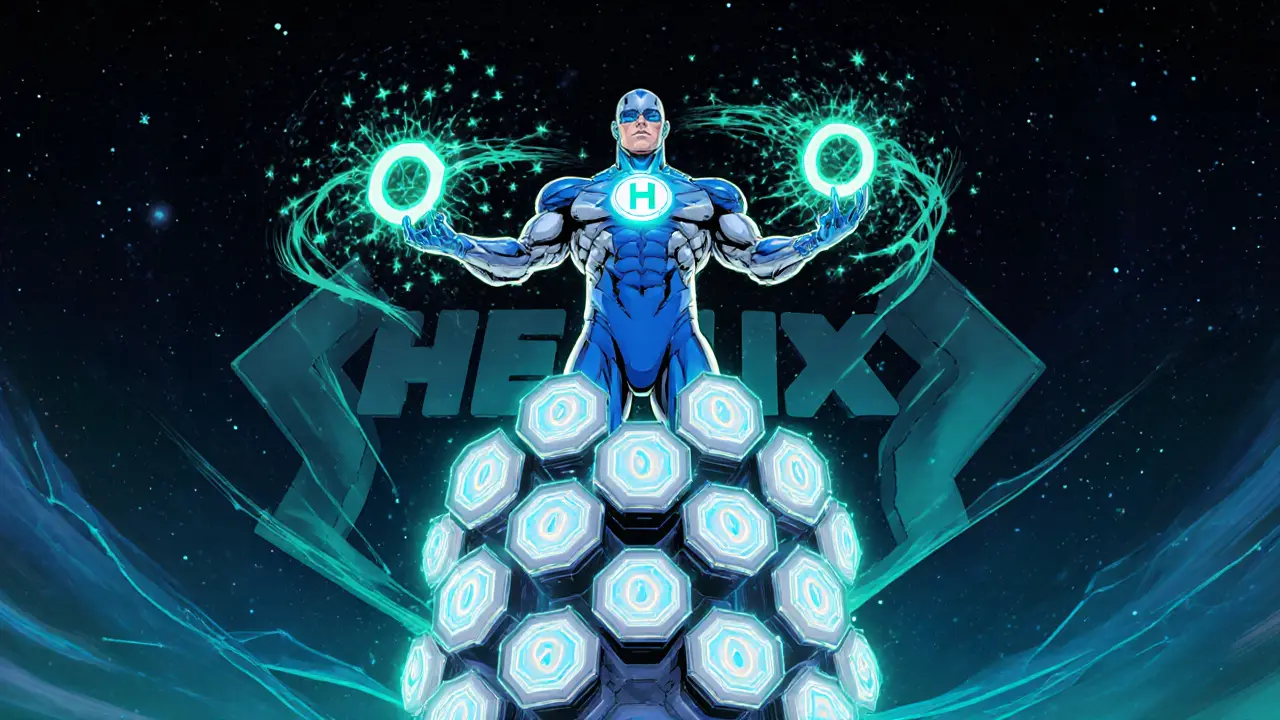When working with INJ token, the native utility and governance token of the Injective Protocol, designed for fast, low‑fee decentralized trading. Also known as Injective, it powers a suite of on‑chain derivatives, order‑book DEXs, and cross‑chain bridges. INJ token has become a reference point for traders looking to combine DeFi flexibility with traditional finance tools.
The Injective Protocol, a layer‑1 blockchain that emphasizes modular architecture and permissionless market creation provides the foundation for INJ token activities. This protocol splits execution, consensus, and data availability into separate layers, a design known as Modular Blockchain Architecture, a system that lets developers upgrade parts of the stack without freezing the whole chain. Because of that, the network can scale to thousands of transactions per second while keeping fees near zero – a key factor that attracts high‑frequency traders.
Trading the INJ token requires a Decentralized Exchange, any platform that matches buyers and sellers directly on‑chain without a central order book. On these DEXs, INJ acts as both a settlement asset and a governance key, letting holders vote on fee structures, new market listings, and protocol upgrades. The ease of moving INJ across chains via Injective’s cross‑chain bridge also means that liquidity can flow from Ethereum, Binance Smart Chain, and even Cosmos into the same order book.
Another piece of the puzzle is Crypto market cap, the total dollar value of all coins in circulation, calculated by multiplying price by supply. When the overall market cap rises, INJ token price often follows because investors see it as a gateway to advanced trading products. Conversely, a drop in market cap can pressure INJ’s valuation, especially if trading volume on its native DEX slows. Understanding this relationship helps you time entries and exits more effectively.
Security is also a major concern. The modular design of Injective separates consensus from execution, reducing the attack surface for potential hacks. However, because INJ holders must interact with smart contracts on multiple chains, they need to watch for bridge vulnerabilities and smart‑contract bugs. Learning how EigenLayer restaking or other security layers interact with the protocol can provide extra safety nets for large positions.
Airdrops and token incentives play a role too. While the INJ token itself doesn’t run frequent airdrops, the ecosystem often rewards early users with new project tokens that launch on Injective’s DEX. Keeping an eye on announcements for gaming tokens, DeFi launches, or governance proposals can uncover hidden upside without additional cost.
From a trading strategy perspective, the INJ token shines in a dollar‑cost averaging (DCA) plan. Its low fees let you buy small amounts regularly, smoothing out volatility. Pair this with a clear risk‑management routine – setting stop‑losses, monitoring volume, and checking the health of the underlying modular layers – and you have a robust framework for long‑term growth.
Finally, the broader regulatory environment matters. Regions like Indonesia and Thailand are tightening exchange licensing, which affects where you can safely trade INJ on compliant platforms. Staying informed about licensing requirements helps you avoid unregulated venues that could expose you to legal risk.
All of these angles – modular blockchain tech, DEX accessibility, market‑cap dynamics, security layers, and regulatory context – intersect to shape the INJ token’s trajectory. Below you’ll find a curated set of articles that dig deeper into each of these topics, from scaling the next‑gen chains to practical DEX reviews and market‑cap analysis, giving you the tools to trade INJ smarter.

A detailed Helix Markets crypto exchange review covering tech, fees, assets, safety, comparisons, and who should trade on this decentralized platform.